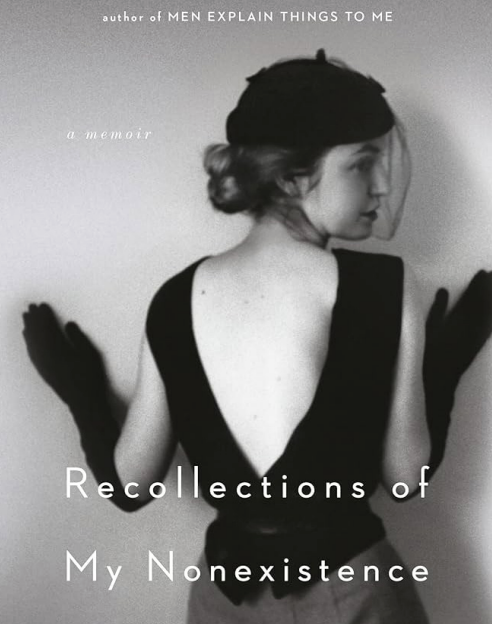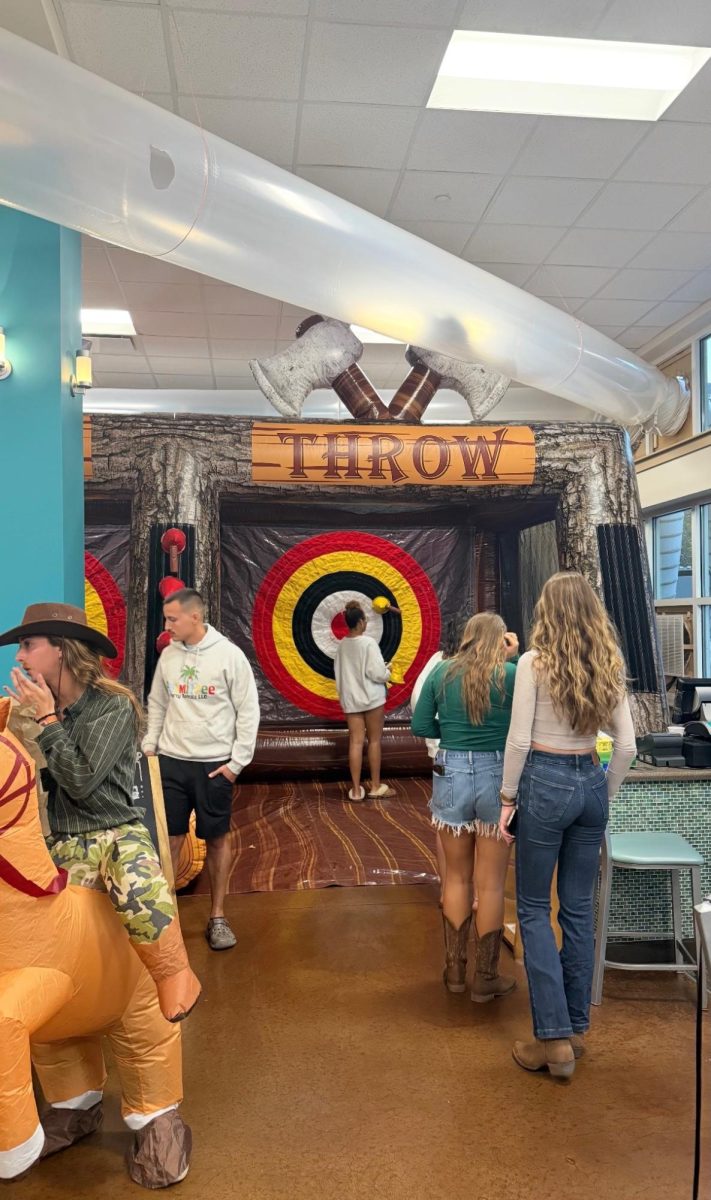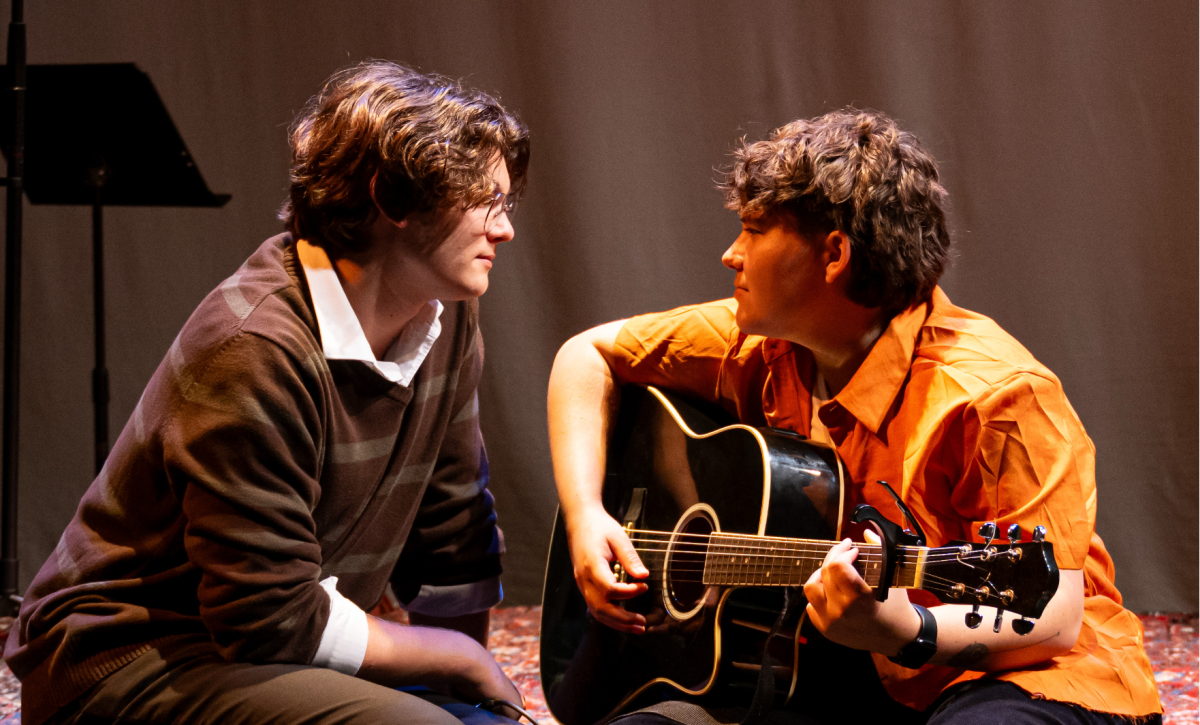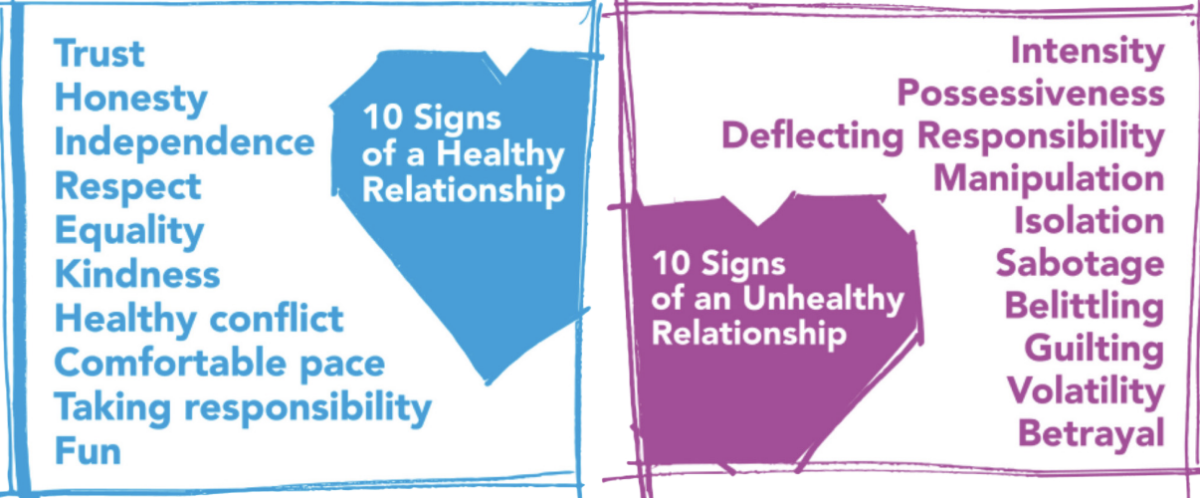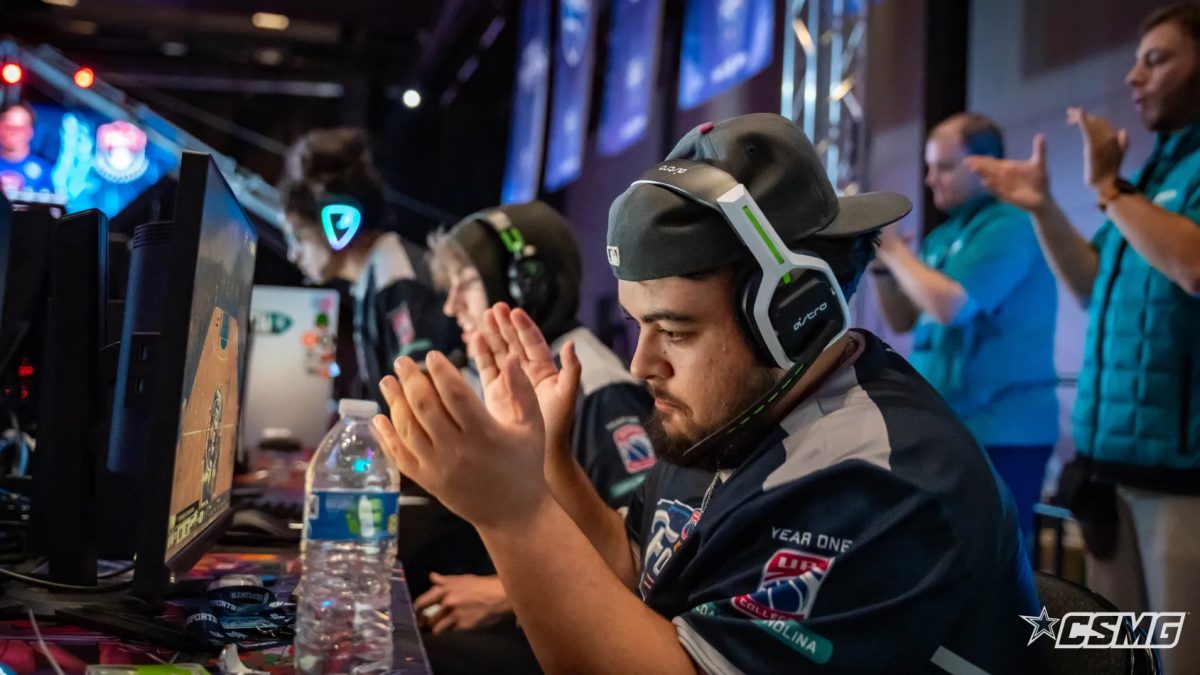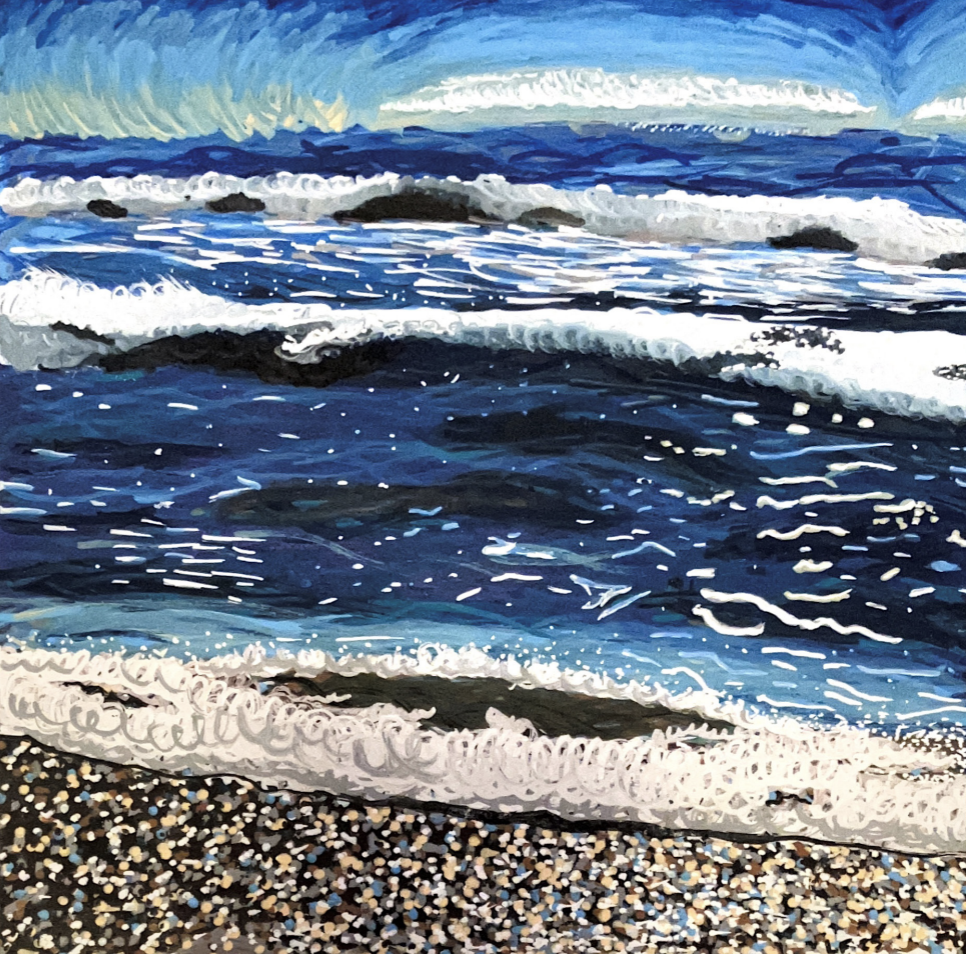There are 29 days in February this year. That’s 696 hours and 41,760 minutes out of the 8,760 hours in a year.
In 1926, Black History Month was just a week started by scholar Carter G. Woodson. The celebration was eventually expanded into the entire month due to Abraham Lincoln and Frederick Douglass’ birthdays being this month, and because of their attributions to abolishing slavery.
I’m not telling you these facts to bore you, but instead to teach you something the modern “American dream” schooling system failed to.
Little to no individuals our age learned about all of the successful Black Americans in history, like the true story of Emmett Till, the Clinton 12, Garrett Morgan’s three-way traffic light and other movements that were minimalized in U.S. history classes.
This month isn’t just so we acknowledge these people and these monumental movements. It’s an active call to recognize the very present struggles of Black Americans in the U.S., who may oftentimes feel marginalized, overshadowed and minuscule compared to their counterparts who receive double the recognition.
Embrace the power of 696 hours — dedicate, absorb and amplify Black history, to encourage Black excellence, culture and beauty.
A black square on Instagram does not suffice, being “colorblind” does not suffice and the “All lives matter” rebuttal does not suffice, but suppress years of systematic oppression. One could only understand this feeling when they’ve felt the thud of their stomach hearing the echoes of inequality and clenched their teeth in the face of discrimination.
White History Month is 8,760 hours of the year, the history is already well-documented and widely known.
Black history makes our history whole. That’s why Black History Month is important.






